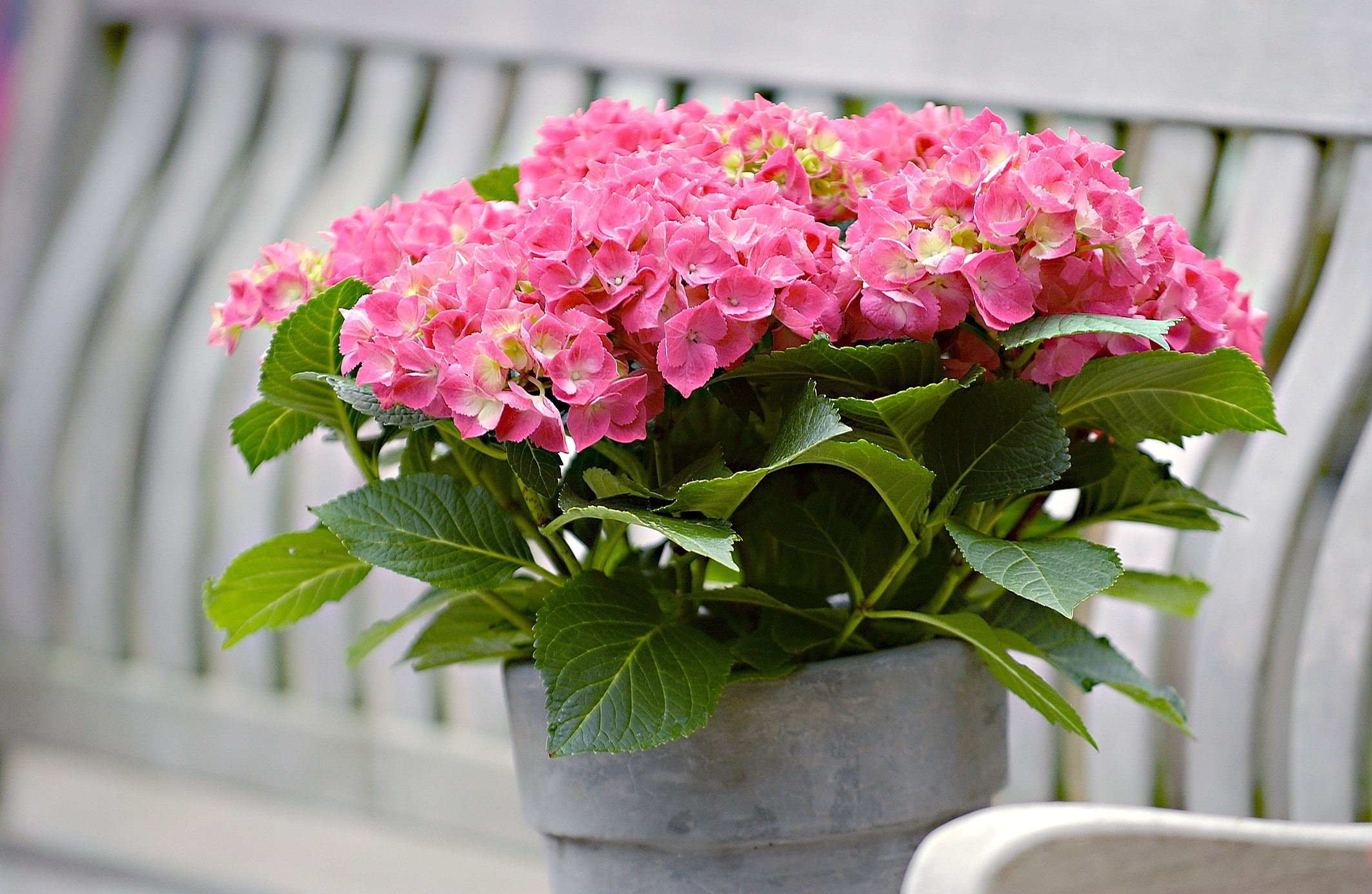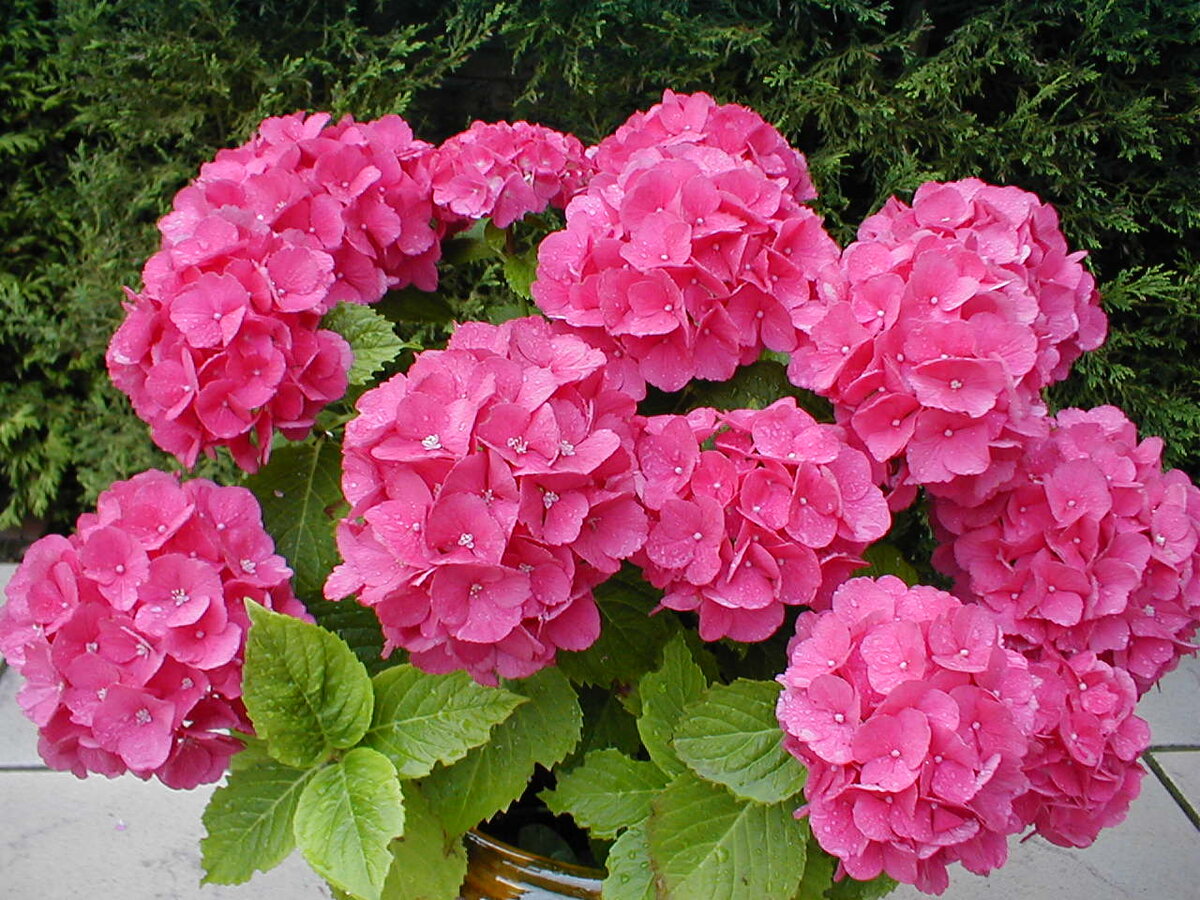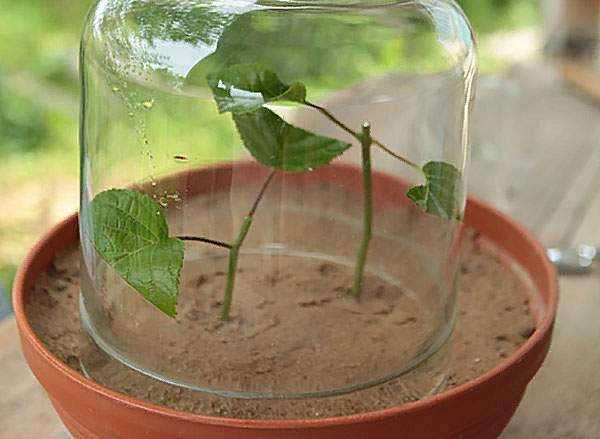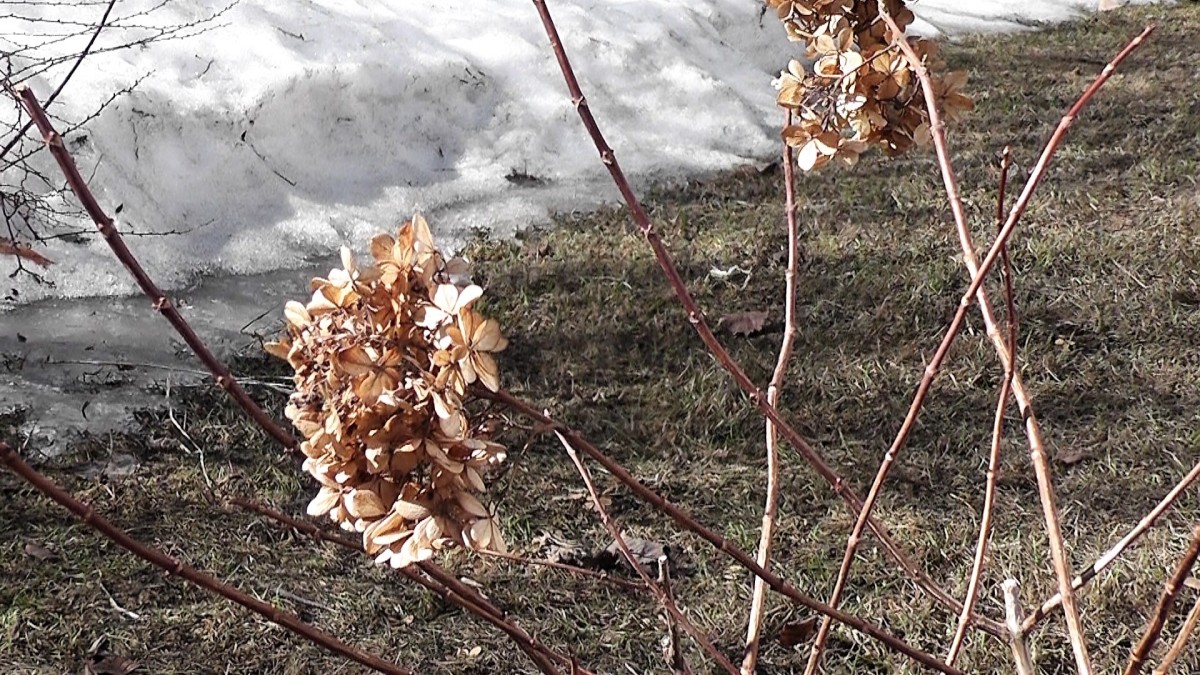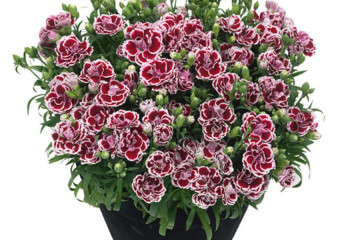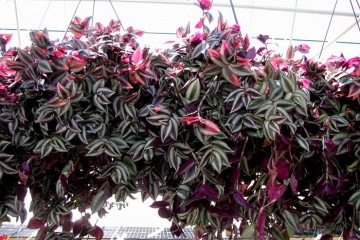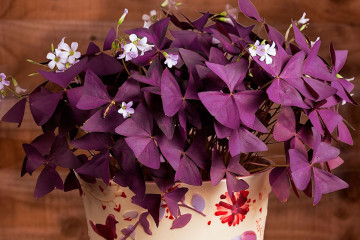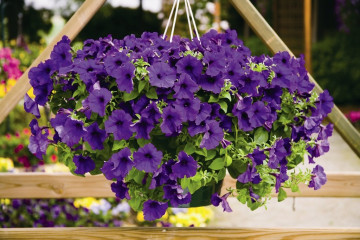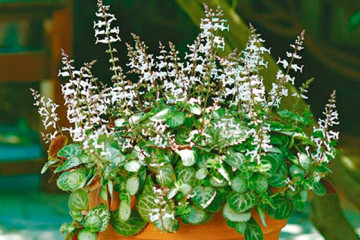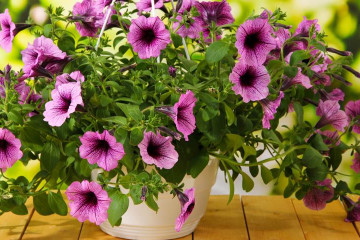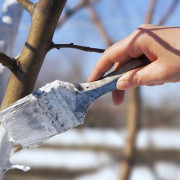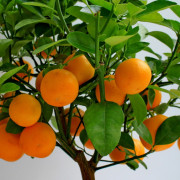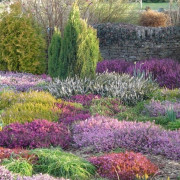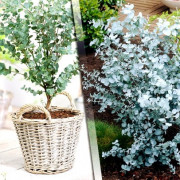Indoor hydrangea - home care
Content:
When the window sill of the apartment is decorated with a hydrangea in a pot, the atmosphere of the whole room takes on a special positive. Magnificent bright, colorful inflorescences cheer up, helping to forget about the difficulties of the past day. The premises where they decided to plant hydrangeas immediately take on a cozy look and clearly indicates the presence of a stylish hostess who is happy, contented and successful.
For everyone who wants to have a colorful window sill, who wants to decorate their home, the hydrangea is the best choice. Home care at home is quite feasible for an ordinary housewife. You can choose the color of the buds according to your own preferences:
- light pink;
- rich crimson;
- blue;
- lilac;
- beige.
The color that hydrangea will delight in depends not only on the variety, but also on the composition of the soil. By smoothly changing the acidity of the substrate with the help of fertilizers, you can achieve the desired shade in a short time.
The origin and appearance of indoor hydrangeas
With proper care, the plant can reach a meter in height. Indoor or outdoor hydrangea is a shrub. The potted specimen differs from the garden relative only in its smaller size. During the flowering period, many see the similarity of this type of bush with a bride - the delicate lace of a festive dress immediately comes to mind.
Some subspecies with small foliage look especially impressive during active growth and flowering.
Leaves are juicy green, oval in shape, thickened towards the handle. They are located on stems and have a serrated edge. Often the inflorescences are in the shape of a ball, sometimes it seems that someone has tonsured them in order for them to acquire such a correct shape. One bush blooms with several lace balls at once, which makes the appearance even more festive.
Description of the flower
The inflorescences themselves can be of three types: corymbose, racemose and spherical. Larger flowers are located at the edges of the scutellum, they are sterile. Closer to the middle - small, but it is after their flowering that the seeds will appear. Each stem, along the entire length of which the leaves are located, is crowned with a bright and lush cap during the flowering period. With an annual transplant, the plant pleases with more violent colors. Hydrangeas usually bloom from June to October, with individual differences specific to each variety. However, with an untimely transplant or due to the lack of a well-prepared wintering, the flowering regime can get lost in the home beauty, which is why the dormant period will shift to summer, and the phase of active growth and flowering will be in January.
Types and varieties of hydrangeas for indoor cultivation
Several dozen varieties were bred with their own characteristics and distinctive features.The goal of breeders is always the appearance and shape of the inflorescence. The green part of hydrangeas has almost no differences between varieties, except for the size of the leaf.
The most exotic variety was jasmine, which can be distinguished by flowering - it is very similar to the plant of the same name.
Compact
The variety got its name for the limitation on the height of the bush. Under the most favorable conditions, this species will not grow above 50 cm. It belongs to the paniculate class. The first inflorescence appears in the first third of summer, has a white color with a pearlescent tint. By the end of summer, coloring pigments are gaining strength and acquire a pale pink hue, which will delight until the first frost.
Madame E. Muyer
The variety is famous for its winter hardiness, for which gardeners of the northwestern region and central Russia love it, planting it in their gardens. The indoor relative of the large-leaved Madame Emily also has a large green part. The upper part of the leaves is glossy, the lower part has a fine hairiness. It blooms in a spherical shape, appears in the second half of July and lasts until September.
Europa
The variety of this variety of home hydrangea is also large-leaved. The leaves are covered with a medium-sized fringe. Depending on the acidity of the soil, the color of the inflorescences can vary from purple to purple-red. Most often it has unevenly spreading blue tones.
Souer tharese
The variety is famous for its white inflorescences, which, under certain conditions, can acquire a lilac or pale blue tint. To preserve the snow-white flowers, you should carefully monitor the acidity of the soil. If the PH level begins to indicate acidic soil, the inflorescences will begin to change from a snow-white shade to pink.
Red sensation
The variety got its name for the bright colors of magic balls: from burgundy to juicy raspberry. With a high acidity of the soil, the flowers acquire rich wine tones, close to purple. Red sensation will place its accents on any windowsill.
Ramars mars
This variety is loved for its lilac-blue color change during the flowering season. Over time, the balls darken, when certain fertilizers are applied, they can acquire a lilac hue.
Earley Blue
The flowering of this variety attracts with a beautiful smooth transition from light green to juicy blue. The color change occurs smoothly during one summer season.
Goliath
Large plants are hardy, conical inflorescences. Potted hydrangea is a miniature copy of its large relative, its flowers form the same elongated cones, one on each shoot, predominantly white, which can acquire a pink tint.
Transfer after purchase
You can transplant a hydrangea only after it has faded and has already been pruned annually. At this time, the plant prepares for a dormant period, stops its growth. If the plant was purchased in the fall, two weeks after the hydrangea appeared at home, it can be carefully transplanted into a permanent pot. She needs two weeks of rest to adapt to the new room, temperature and air movement.
What is needed for landing
The new pot should be 3-4 cm wider than the previous one. The roots of any sort of hydrangea develop more horizontally than in depth, so deep pots are not suitable for it.
It is necessary to increase the capacity every fall, allowing the root system to grow and nourish the plant during the period of active flowering.
Optimal location
To ensure abundant and regular flowering, the flower should stand in a sufficiently illuminated area, while not being exposed to direct sunlight. If the room where the hydrangea will live has east or west windows, it should be placed not on the windowsill, but near the window, on the outside of the tulle. So she will receive enough light, and her leaves will not suffer from the aggressive sun.
On the north or south window, a room beauty can be placed without fear by the leaves directly on the windowsill.
Step-by-step planting process
The transplant should begin with the preparation of the earthen mixture. The composition of the soil should contain sand and peat, their total share should not exceed 1 part, in relation to sod land, which requires 2 parts. Be sure to put drainage on the bottom of the new pot. It is unacceptable to include humus in the composition of the substrate.
Step-by-step transplant process:
- Prepare a pot lined with drainage.
- Watering the soil with the plant still in the old pot will facilitate the transshipment process, while preserving the earthen lump.
- Turning over the flower pot, carefully remove it, holding it by the stems, and then immediately lower it into a new pot.
- Fill the voids between the rhizome and the walls of the container with the substrate so that no air gaps remain.
- Water abundantly at the end of the transplant.
Reproduction of indoor hydrangeas
You can get new plants both by cuttings and by germinating seeds. The first method will make it possible to get a ready-made child sprout in 3 weeks, the second option is suitable for those who want to get many new copies at the same time.
Hydrangea can also multiply by dividing the bush, which is especially important for an autumn transplant. The separated part can be planted in a small planter, corresponding to the size of an earthen coma.
Cuttings
Cuttings of indoor hydrangea need home care, under the same conditions as an adult plant. You can get a cutting by cutting off the tops of the stem 5-6 cm in size. The resulting future shoot is placed in a moistened sand mixture and covered with a film cut off with a transparent bottle or jar, creating the effect of a greenhouse.
Rooting can take from two weeks to a month, after which the sprouts can be planted in pots.
Growing from seeds
Having decided to get a plant from seeds, you need to be prepared for the fact that the germination capacity of hydrangeas is often close to only 60% of the total. The seed is not soaked in water or deepened into the soil, but placed on top of the prepared soil, the composition of which is suitable for an adult plant. Sowing is covered with glass or dense transparent polyethylene. Every day, the seedlings must be opened for airing in order to prevent decay, fungal infection or death of sprouts. After the appearance of two true leaves, the seedlings can be planted in pots.
Breeders note that sprouts sprouting from unhardened seeds are more susceptible to diseases than others.
Caring for indoor hydrangeas
It is necessary to care for a hydrangea in a pot, as well as for a free relative in the garden, by ensuring complete isolation from drafts, otherwise the foliage will begin to wither, right up to the death of the plant, without the possibility of any resuscitation.
Watering mode
Watering any sort of hydrangea should be regular, preventing the soil from drying out. Water needs to be defended at room temperature. During the flowering period, watering should be monitored especially carefully.
In winter, moistening the soil is also necessary, because the roots, even during dormancy, should not dry out.
Top dressing
In the summer, hydrangea is in dire need of mineral fertilizers. Additionally, during watering, you can add a small amount of potassium permanganate, which will protect the roots from infection. Without fertilization, the plant may not go into the flowering stage and remain just a green shrub.
During flowering
Blooming hydrangeas should not be transplanted in order not to disrupt the natural life cycle of the flower. The air temperature in the room where the blooming beauty lives must be kept within the range from + 18˚С to + 22˚С. These are indications that are comfortable for all grades.
During the rest period
When the hydrangea has retired, it must be moved to a place where the air does not warm up above +9 and does not cool below +5. If the flower is left on the windowsill for the whole winter at room temperature, it will not feel wintering and will no longer bloom in the new season. For apartments, the place where the pot will stand all winter with the benefit of future flowering may be a balcony or an unheated staircase.
Preparing for winter
Before wintering, all diseased or weak shoots are cut off, leaving no chance of infecting the entire plant as a whole, because treatment is a complex process and does not always end with a positive result. A cache-pot with a plant of any type and age is transferred to a cool place, where the shoots will not be blown by the wind and exposed to frost.
Growing indoor hydrangea varieties means putting joy and bright colors on the windowsill. Indoor hydrangea does not require complex care at home and is ready to amaze with its shades. Observance of simple rules for the temperature regime and the frequency of watering will ensure lush flowering almost all summer and all autumn.
